Brake Parts: What You Need to Know
When your car slows down or stops, the brake system is doing its job. If any part of that system is worn out, you’ll feel it right away – squeaking, longer stopping distances, or a soft pedal. Knowing the basics of brake parts helps you spot problems early and avoid costly repairs.
Key Brake Parts and Their Roles
First up are the brake pads. These are the friction surfaces that press against the rotors or drums when you hit the brake pedal. Pads wear down faster than anything else, so swapping them out every 30‑50k miles (or when you hear that squeal) keeps your stopping power solid.
Next are the brake discs (also called rotors). They’re the metal discs that the pads clamp onto. Over time they can warp or develop scoring, which shows up as vibration when you brake. If the disc feels grooved or you notice shaking, it’s time for a check.
For drum‑brake setups, the brake shoes replace pads, and the drum does the work a disc does for disc brakes. Shoes wear out too, and drums can crack if they get too hot.
Choosing the Right Parts for Your Car
Don’t just grab the cheapest part you see. Look for OEM (original equipment manufacturer) or reputable aftermarket brands that match your car’s specifications. The right size, material, and heat rating matter – especially if you drive a heavy vehicle or do a lot of stop‑and‑go city running.
If you’re into performance driving, ceramic or performance‑grade pads can give better bite and less dust, but they’re pricier. For everyday commuting, semi‑metallic pads are a solid, budget‑friendly choice.
When you replace pads, it’s a good habit to inspect the rotors or drums at the same time. Many shops will resurface a rotor if it’s still within thickness limits, saving you the cost of a full replacement.
Finally, remember the brake fluid. It doesn’t wear out like pads, but it can absorb moisture over time, lowering the boiling point and causing spongy brakes. A brake fluid flush every 2‑3 years keeps the hydraulic system in top shape.
Bottom line: regular checks, using the right parts, and swapping pads and fluid on schedule keep you safe and your car running smoothly. If you hear any odd noises or feel the pedal change, swing by Northwich Tyres Centre – we’ll fit the correct brake parts fast and get you back on the road with confidence.
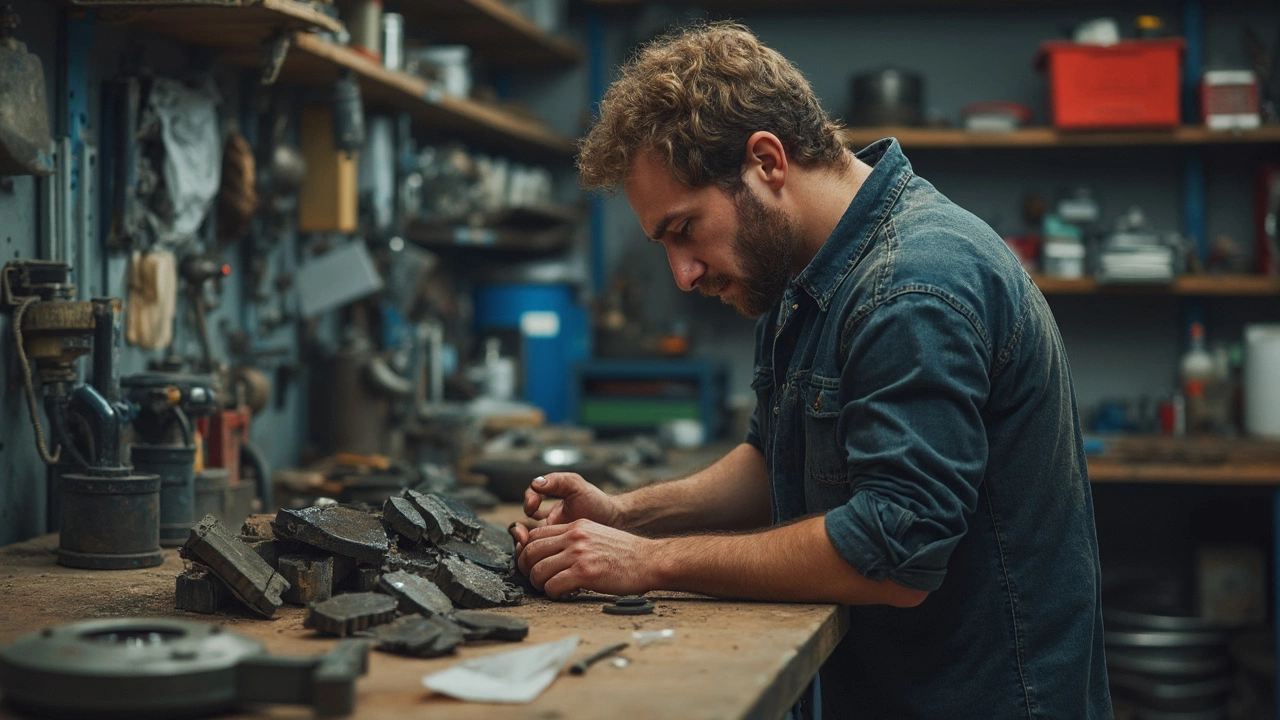 28 February 2025
28 February 2025
Is It Cheaper to Buy Brake Pads Yourself?
Exploring whether you can save money by purchasing brake pads yourself, this article examines the pros and cons of a DIY approach compared to professional installation. It delves into practical tips and potential pitfalls of sourcing your parts, highlighting factors such as quality, price variations, and personal expertise. Discover how buying your own brake pads might impact your safety, budget, and time. It offers insights into common mistakes and crucial considerations before deciding on your brake pad strategy.

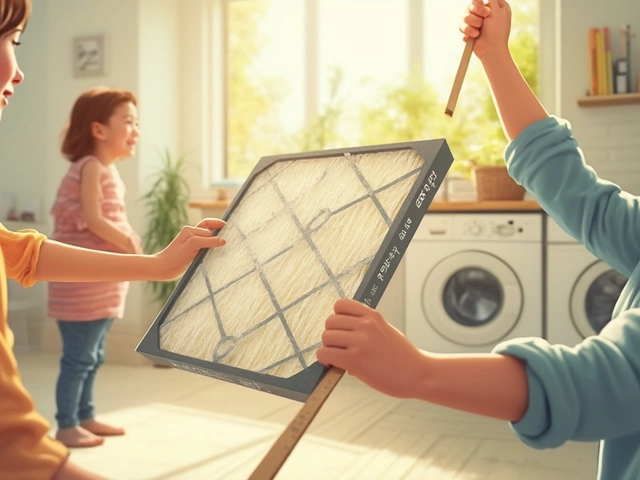
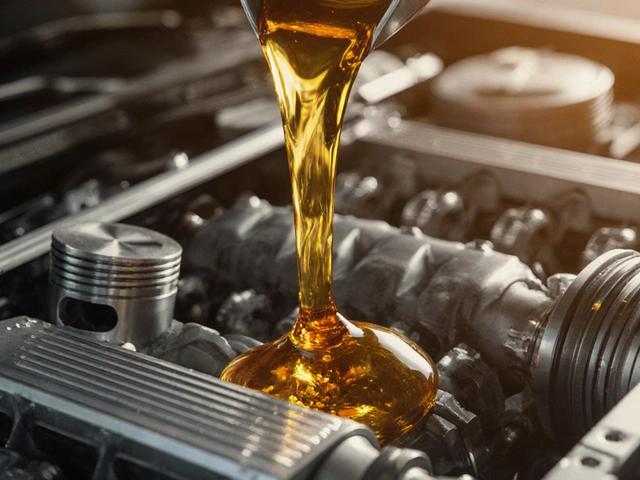
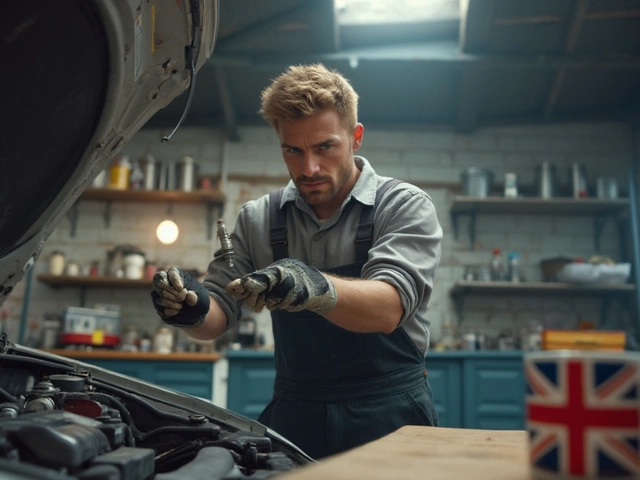

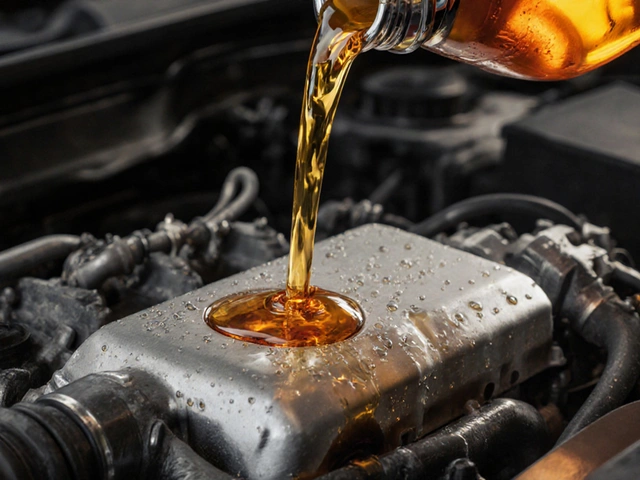
0